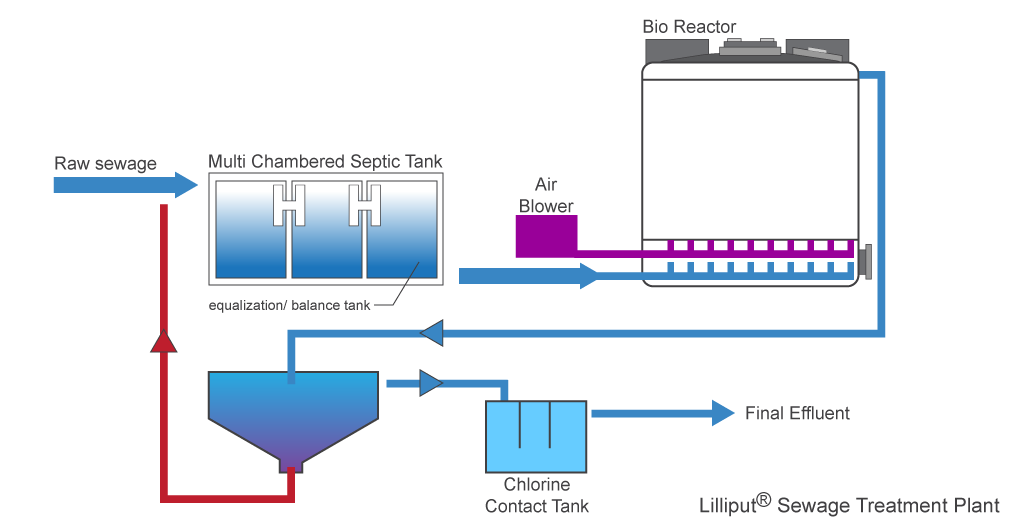Here at Port Shepstone Precast, it is not only a goal of ours to provide quality products and first class customer service, but also to reduce our carbon footprint and employ sustainable work practices. We are committed to respecting our environment and conserving its resources, and strive for continual improvement in the area of environmental sustainability.

WE RECYCLE OUR EFFLUENT WATER
Our recycled water comply with international recycling standards
HOW THE LILLIPUT SYSTEM WORKS.

Process of a Lilliput® sewage treatment plant.
Sewage from the septic tank is constantly pumped to the Lilliput® Bio-reactor. The sewage enters the Bio-reactor below the fixed-growth media, here it is mixed by the air diffuser. Effluent/ sewage now moves upward through the system where it comes into contact with the microbes growing on the growth media. This microbial population aerobically degrades and removes organic compounds within the aerated effluent. Some nitrification occurs in the top layers of the media. After passing through the media, the treated effluent is sent to a disinfecting contact tank, it is then ready for as irrigation or released to rivers, streams, dams or storm water systems.
All Lilliput® sewage treatment plant components can be built into a single unit such as a container or building or can modular to work in difficult topographical conditions. Lilliput® components/ modular systems can be arranged to use gravity thus eliminating the need for an electrical supply, this is great for rural areas. With effluent trickling in and natural up-drafts, a residency of only five (5) minutes can be achieved. Using the treated effluent for irrigation is completely safe and helps with water conservation. For a domestic application, water savings are around 40%.
